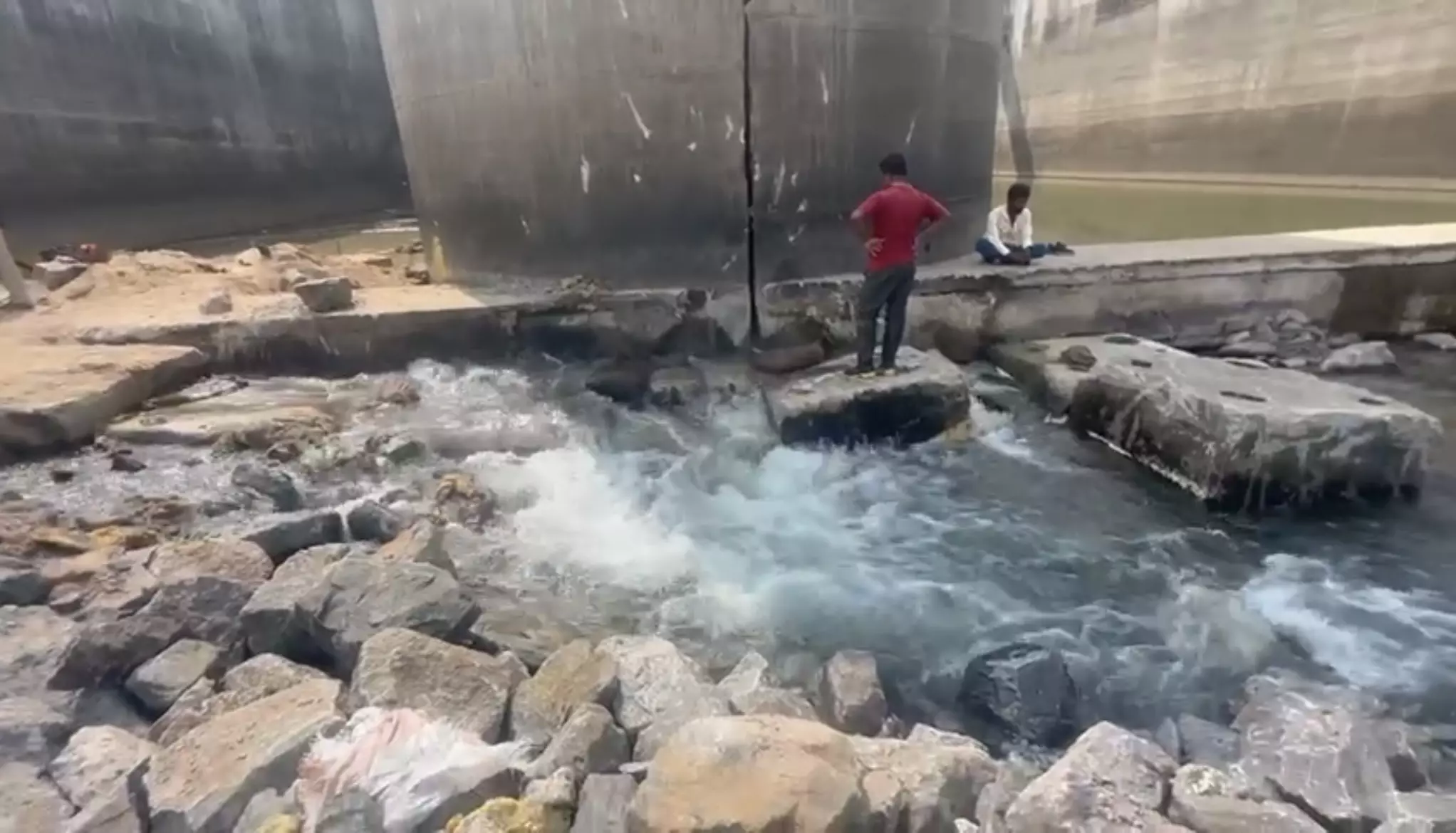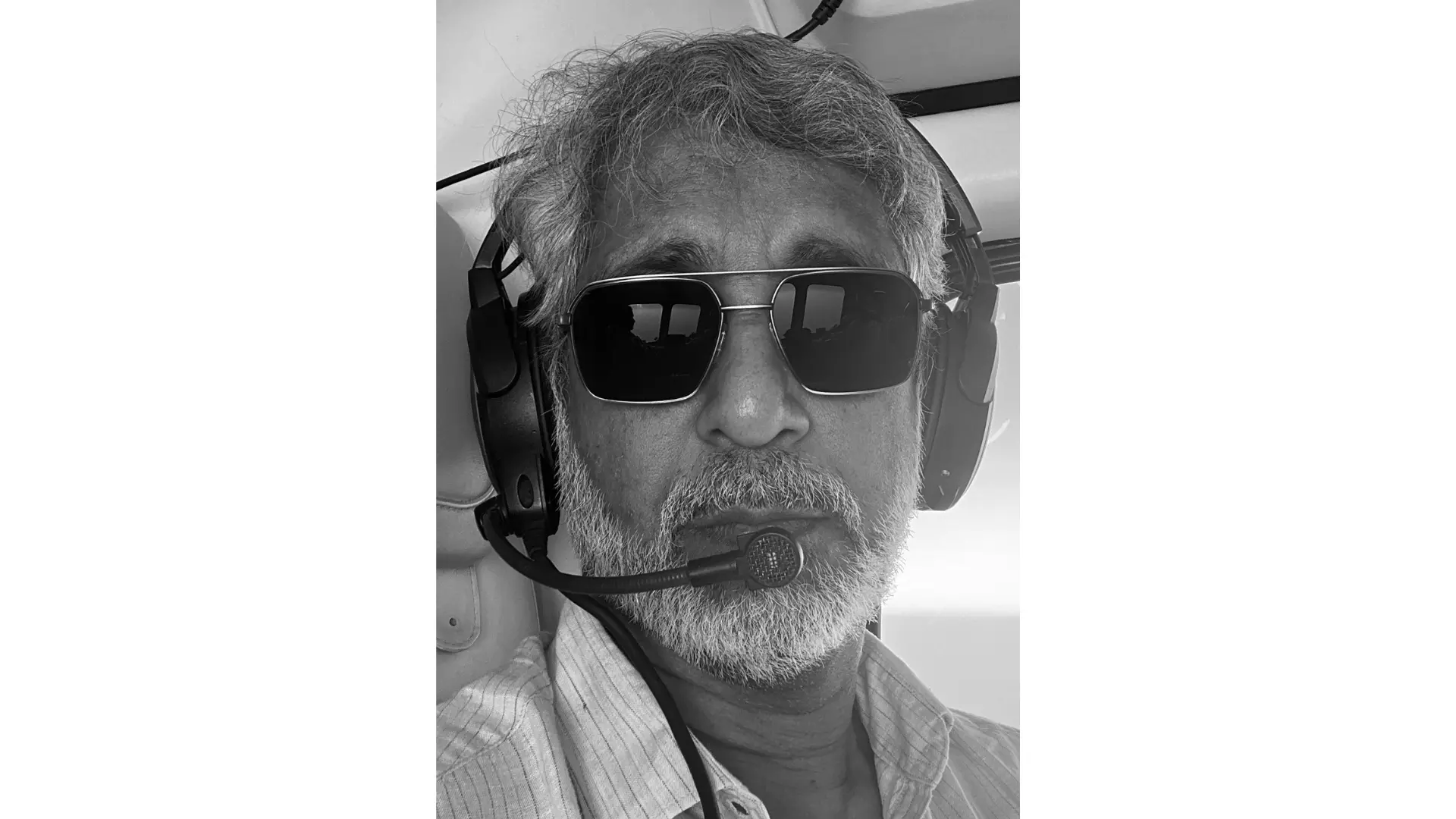Annaram Barrage In No Shape to Store Water Either
More tough calls await govt on using KLIS barrages

HYDERABAD: The state government which had planned to use the Annaram and Sundilla barrages of the Kaleshwaram scheme to pump water into the upstream Sripada Yellampalli reservoir is expected to face some challenges as both barrages were found to be not fit to store water by the National Dam Safety Authority (NDSA).
The NDSA, in an interim report on monsoon protection measures for the three barrages, including the one at Medigadda which is the worst hit, had made it clear that storing water at any of these barrages could prove dangerous for the structures.
While storing water at Medigadda is out of the question, considering how a portion of its developed serious cracks and sank into the river bed, the government had asked irrigation department officials to explore the possibilities of bringing into use Annaram and Sundilla for storing enough water to pump to the Yellampalli reservoir.
According to sources, storing of water at Annaram has been discouraged due to the deep scouring holes immediately on the downstream side of the barrage. In a letter just three months ago to the irrigation department, Afcons-Vijeta-PES JV which built the Annaram barrage, said the scouring meant “possibility of damage of the secant piles, especially unreinforced piles” which could result in “formation of gaps between the piles and the raft (foundation)” foundation. It said such gaps can be “very dangerous” as they cause “leakage and piping action.”
It was these problems at Annaram, that came to light following the situation at Medigadda becoming known last October, that led to water being emptied to stop further damage to the barrage.
The company further said that though it had completed grouting of the gaps under the foundations to prevent leakages, “the fact is that this is the temporary solution and it requires the permanent solution…”
The company made it clear that “as the risk has been arrived due to the design deficiency and essential operational pattern of the barrage, Afcons-Vijeta-PVS JV shall not be held responsible for any damage in the barrage.”
It is learnt that one option that could be explored is to consider constructing cofferdams upstream of the Annaram barrage, as well as the Sundilla barrage which too experienced under the foundation leakages, to store some water and use it to fill the Yellampalli reservoir from where water could be sent to the rest of the Kaleshwaram components.
Sources said that the plans and any proposals for using the barrages are at a very early stage and only after detailed studies that have been ordered by the state government will any decision be likely taken.
How the system works
The Godavari flows from the Yellampalli reservoir to the Sundilla barrage and then to Annaram
The Pranahita joins the river before it reaches Medigadda
These three barrages hold back some of the water to be pumped back in stages
Water is pumped from Medigadda to Annaram, and from there to Sundilla, and then into the Yellampalli reservoir
This is done once the normal flow of the Godavari subsides, and the system takes advantage of the additional flows from the Pranahita.
From Yellampalli, water is sent to the Mid-Manair reservoir using a series of pump houses.
From Mid-Manair, water goes to other reservoirs and large tanks.
This year, all water at the three barrages were released to reduce pressure on the damaged structures.

